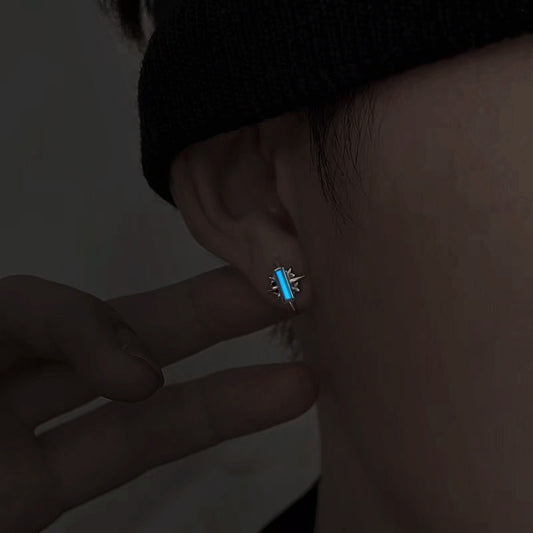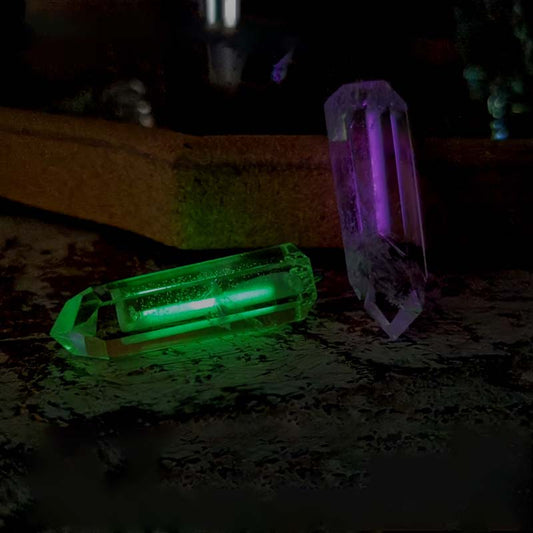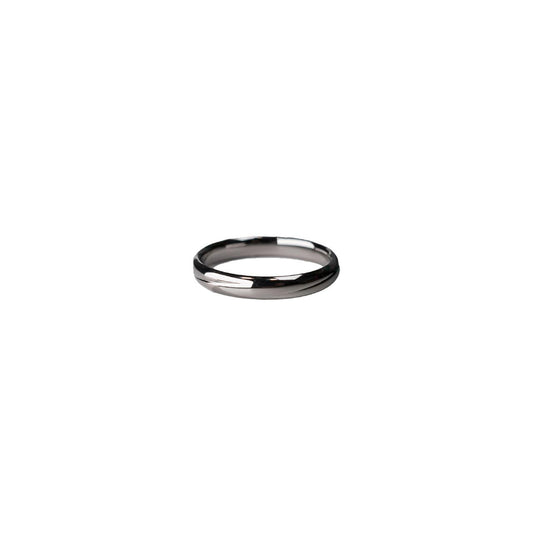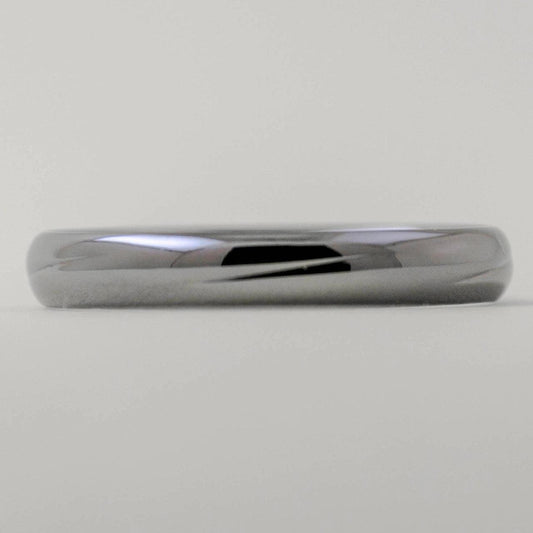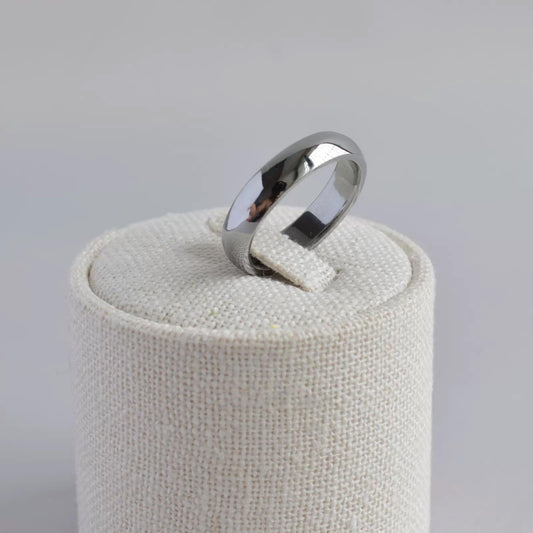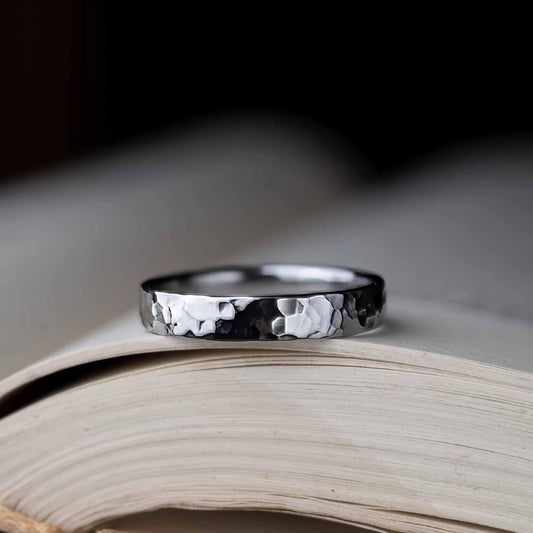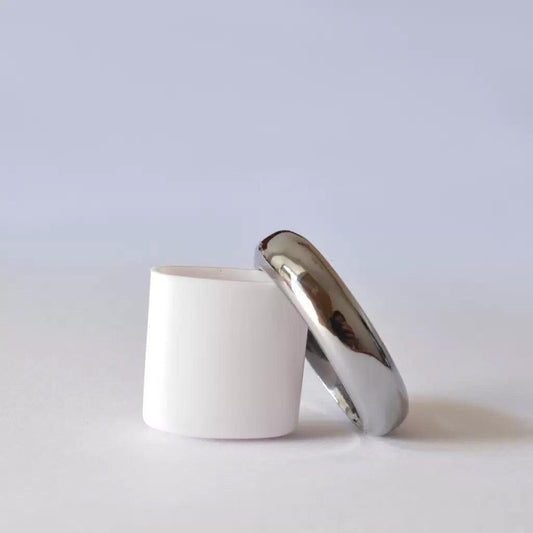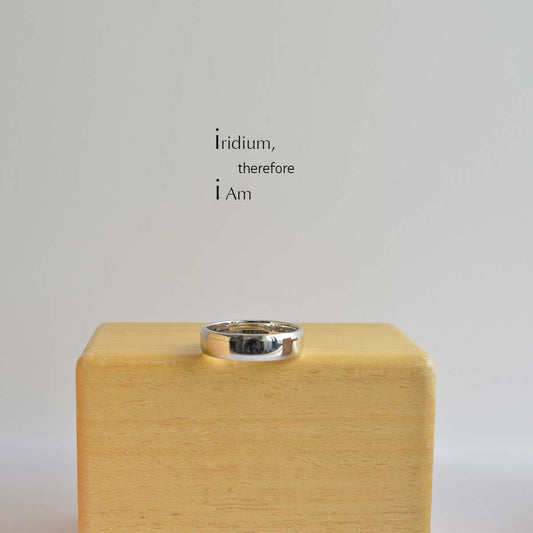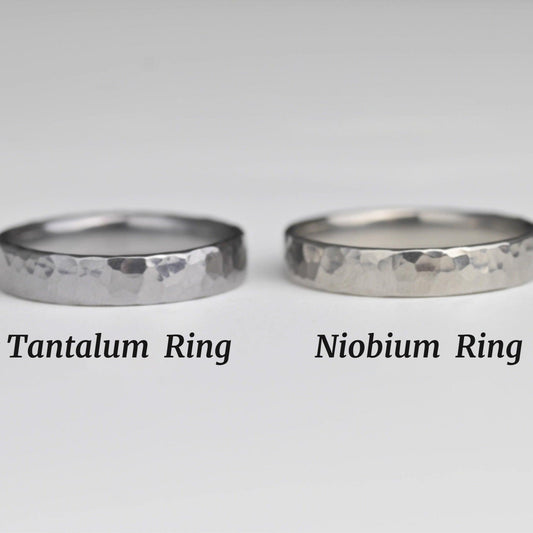The Tradition of Mens Wedding Rings Which Hand Wears the Symbol of Commitment
The Tradition of Mens Wedding Rings Which Hand Wears the Symbol of Commitment
When I first noticed my friend Tom sporting a shiny new piece of jewelry on his left hand, it struck me as slightly off. Not because men wearing wedding rings is unusual these days, but because I could have sworn he was doing it all wrong. You see, in some cultures, wedding rings go on the opposite hand, leading to a momentary perplexity. It got me thinking about why we wear wedding rings where we do and what those choices say about us.
In many Western cultures, men wear their wedding rings on the left hand. This tradition dates back centuries, rooted in the belief that the left ring finger has a direct vein to the heart – the vena amoris, or the 'vein of love' as the Romans romantically believed. Though modern anatomy disputes this with a wave of factual hands, the sentiment has never wavered. For many, this placement is a beautiful metaphor for eternal love, a simple yet profound gesture.
However, if you hop over to different parts of Europe, you'll find that the right hand is the preferred location for that glimmering band of commitment. Countries like Germany, Russia, and Norway hold this tradition dear. The origins can be nebulous, but one intriguing theory suggests it’s linked to ancient Roman customs where the left hand was considered less trustworthy. It's interesting to see how something as personal as a wedding ring can be steeped in historical context and cultural variations.
My own journey to the altar was peppered with debates over the choice of metal for our wedding bands. While I leaned toward traditional gold, my partner was all about titanium – lightweight, durable, and somewhat rogue in its modern appeal. It turns out, men's wedding rings have witnessed quite the evolution in terms of material and style. Gold will always have its place, but contemporary grooms are drawn to metals like platinum and tungsten, or even wood and silicone for those who lead active lifestyles.
Every individual seems to develop a personal connection to their ring, often going beyond it being just symbolic. I remember my grandfather fidgeting with his plain gold band, a constant reminder of his commitment, but also a piece of a shared history with my grandmother. Now, many men opt for bands with personalized engravings—perhaps a special date or an intimate message etched on the inside—adding a layer of private sentiment that goes unnoticed by the casual observer.
Ultimately, whether a man chooses to wear his wedding ring on the left hand, right hand, or even a thumb is a personal decision often influenced by cultural norms, family traditions, or even a spark of personal preference. And while I occasionally tease Tom about whether he's wearing it the ‘right’ way, the truth is that it doesn't really matter. What does matter is the love and commitment that the ring represents—no matter which finger it dazzles on.



